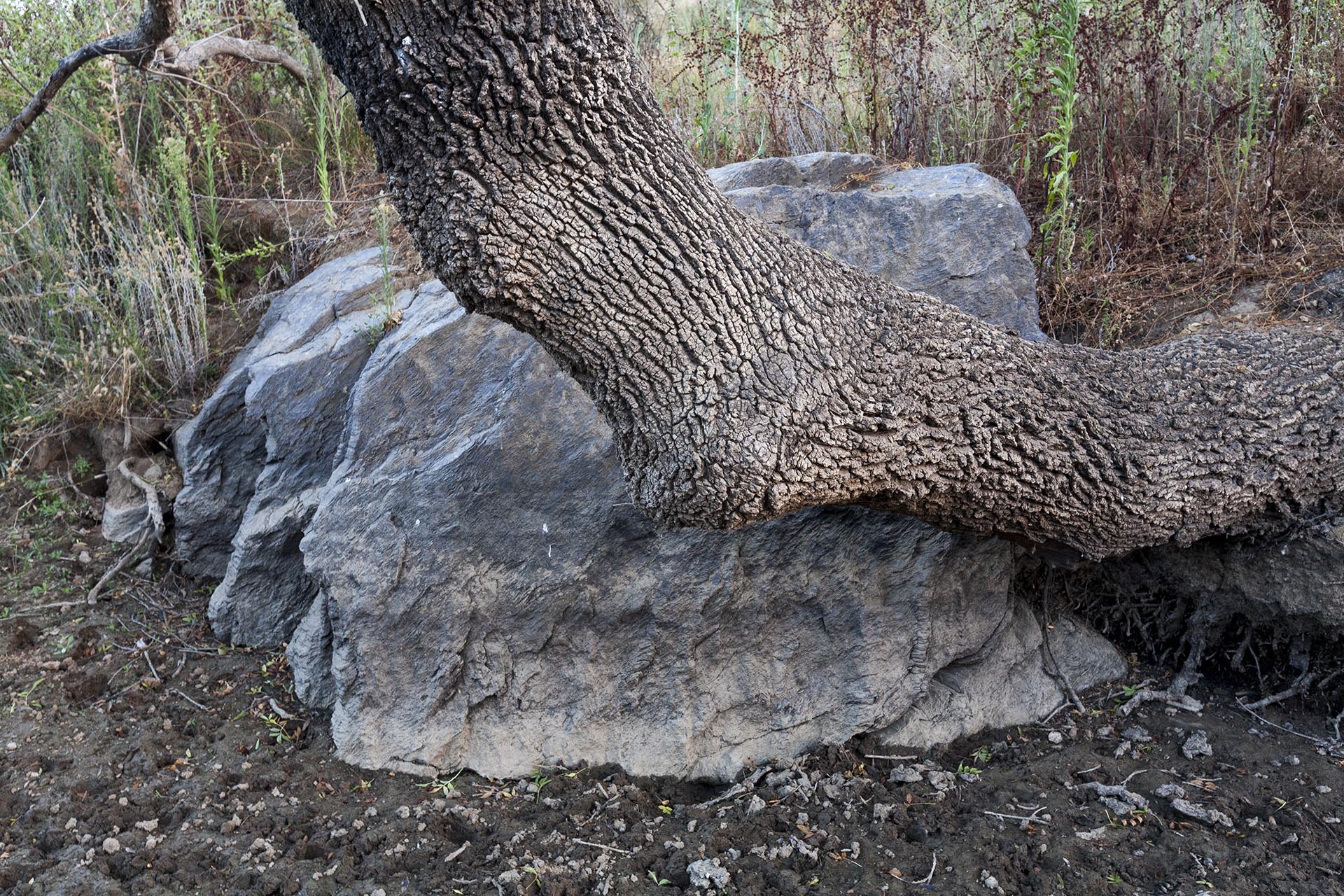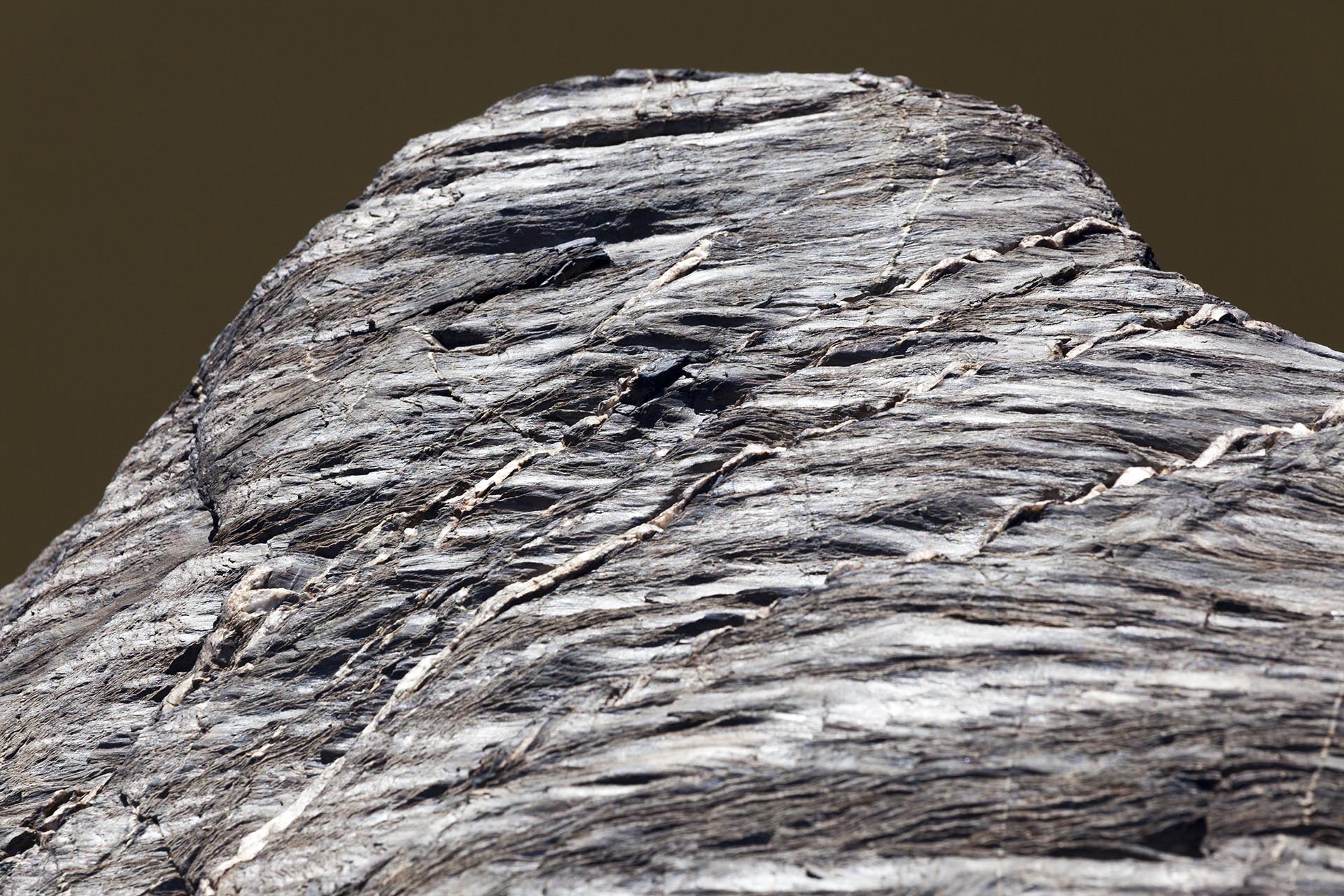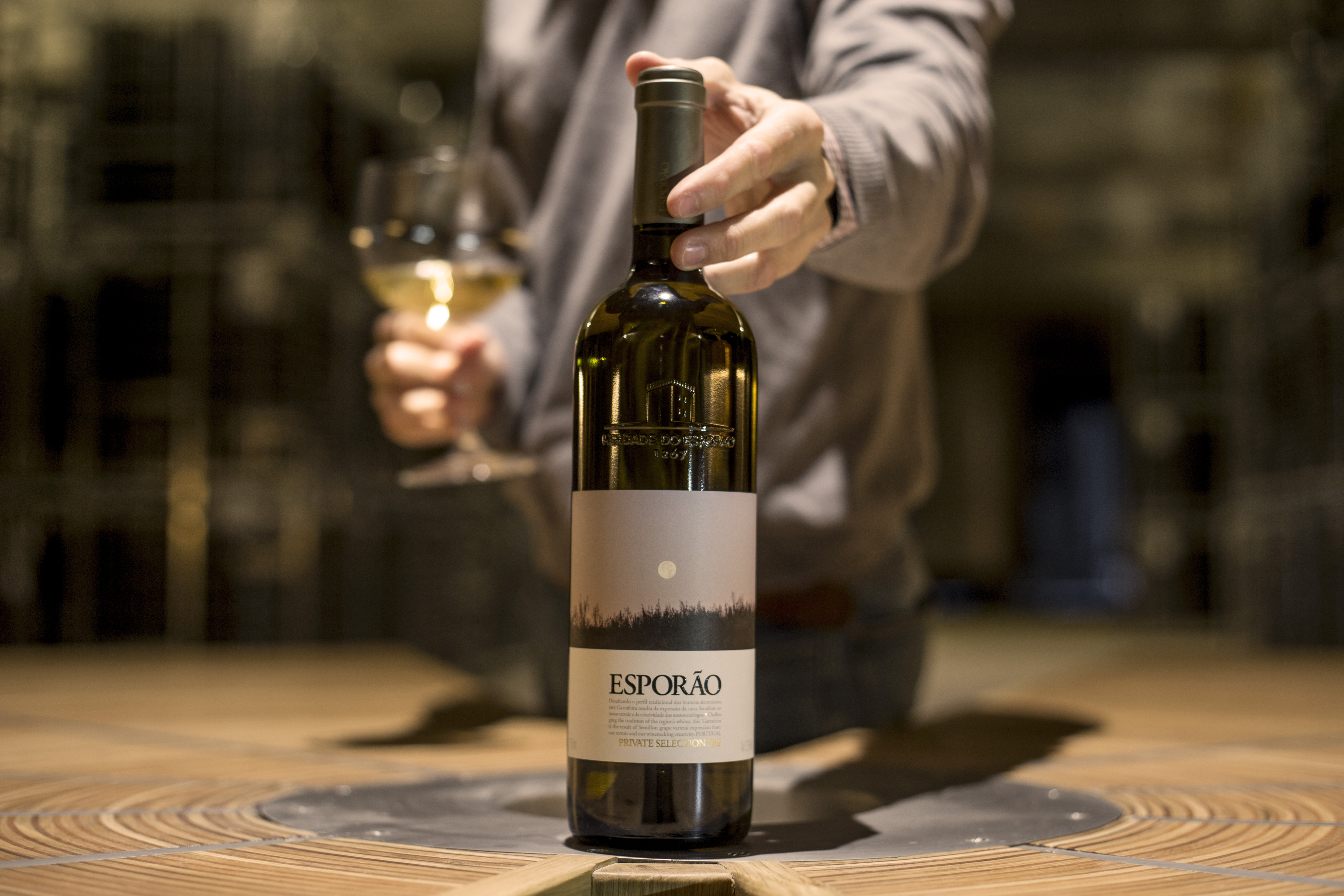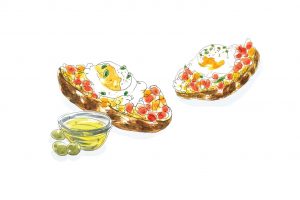The latest Esporão Reserva and Private Selection Branco are among the numerous collaborations we have done together. Discover the entire creative process firsthand, as well as the selection of the final photographs.
«I took my first photographs at Herdade do Esporão on 8 October 2007. This was the beginning of a collaboration that has lasted since then, above all to record the Estate’s land and the transformations that take place, as well as the architecture in the wine production and wine tourism areas.
Over this period, essentially 10 years, until 15 November 2016, I took 18 427 photographs. The last photos were taken to fulfil a request: four photographs for the labels of the wines Esporão Reserva and Esporão Private Selection, produced at the Estate. This was the starting point for an extremely restricted selection of four images. Excluding photographs is always difficult and time-consuming, filled with doubt, hesitation and uncertainty. And, the greater the number of available images, the harder the task.
Over this period, essentially 10 years, until 15 November 2016, I took 18 427 photographs.
I began by establishing some principles to reduce the selection – the photographs would be in open fields and would not show the vineyards. It seemed obvious, from the beginning, not to be redundant, not to show grapes, vine leaves or rows of stems. Those elements are in the bottle and don’t require illustration. Following the same line of thought, I excluded any human presence, people I recorded over time, especially during the harvests. The architecture didn’t make sense either, in this particular case, to illustrate a label. I was seeking something that was the foundation of that land, a set of images that synthesised the space, the elements that inhabit it and are also a portrait of the vast Alentejo.
It seemed obvious, from the beginning, not to be redundant, not to show grapes, vine leaves or rows of stems. Those elements are in the bottle and don’t require illustration.
Once I had defined the concept, I went through the entire photographic archive of the Estate. Added to these photographs, there were also 2 594 that I took with the bottles and images for labels in mind. These last photographs were taken on 14 and 15 November 2016. This date was not random– there was a cosmic reason – the Moon was full and unusually close to the Earth. The sky was clear and I ended up taking a set of photographs, long exposures, of the earth illuminated by a unique, extremely bright lunar light.
From all the photographs, I selected 331. This was a more manageable number, but it was still far from the goal. I tried to organise these, more than three hundred images, by type with names like lichen, map, water, blue, horizon, vegetal, maze, tree, tense, lined, stem, path, network, stone… This process only increased the complexity of the task. But, slowly, the number of photos diminished to 212 – over time, it became clear that some no longer made sense. The next step was to group the images into units of four. Although the bottles were completely autonomous, we sought the coherence of a portrait. All of the steps taken in this decantation now seemed left behind. They were moments in an evolving thought process. We were now down to 32 photographs. I proposed a meeting with Esporão to make the final selection together. Thus the process continued as a shared discussion, although I asked for some distance since I was already too involved in this latent space between the land and its photographic representation.
The process of selecting photographs is a thankless task. We establish the best solution but then, after some days, doubts start to arise, many doubts. As time passes, our resolve seems to crumble: “why didn’t I choose this one instead of that one?”. The same thing happens to someone who, in the field, makes a photographic collection of a reality that, although apparently stationary, transforms very quickly. This is the world of diversity and perplexity that we want to portray, that we want to share with a glass of wine.»
Duarte Belo
Viseu, 14 May 2018
All photographs of land presented here were taken by Duarte Belo.




































